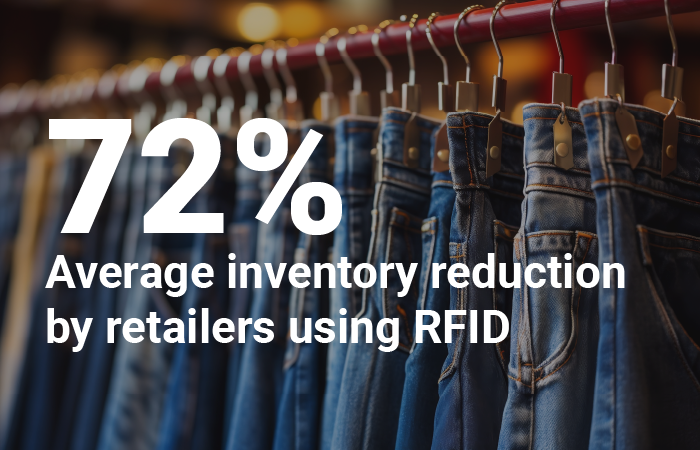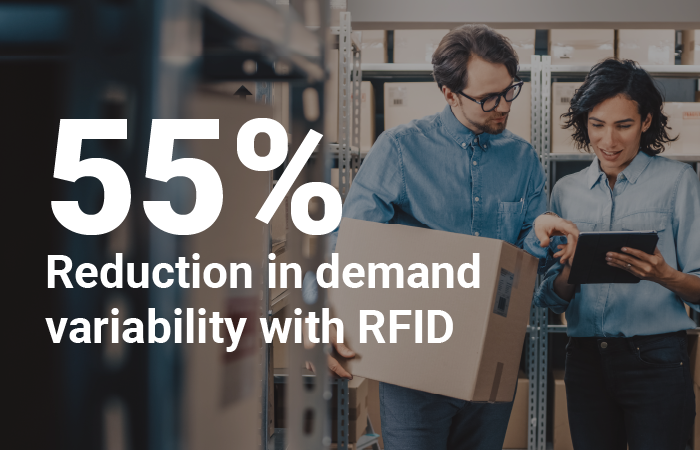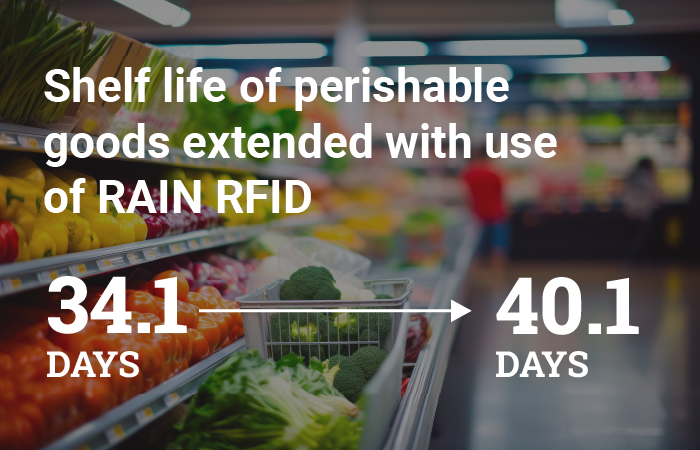Combat Carbon: RAIN RFID's Effect on Supply Chain Sustainability
Impinj examines more than 70 published studies that back up RAIN RFID's eco-friendly claims with definitive data.
Enterprises that use RAIN RFID to increase visibility into their supply chains typically measure a successful deployment by the money they save through streamlined manufacturing processes, speedier deliveries, and improved inventory management. Increasingly, companies want to know something else as well: are RAIN RFID solutions as friendly to the environment as they are to a company's bottom line?
While incorporating RAIN RFID solutions in supply chains has long been touted to promote sustainability and reduce carbon emissions, quantitative data to back up these assertions is hard to come by. My team recently reviewed nearly 70 published studies that explored the link between RAIN RFID use and carbon savings, zeroing in on those that not only touted sustainability claims, but backed them up with hard numbers. The result of our sleuthing? A compilation of compelling data that proves manufacturers, retailers, food suppliers, and other companies can definitively reduce carbon emissions when they use RAIN RFID to help track goods throughout their supply chains.
“Claims are often made about the positive environmental impact of RFID use on the environment, but the industry just doesn’t have much concrete evidence,” said Samin Aayanifard, a graduate student at Michigan State University and one of the Impinj interns studying the data. “If we are making claims of carbon savings, we need to be able to back them up.”
[ Want to read more content like this? Subscribe to the Impinj blog.]
RAIN RFID's sustainability proof points
Some of the most compelling studies showed how RAIN RFID solutions’ use in supply chains can reduce excess inventory, reduce demand variability, and extend shelf-life of perishable goods.
-

Reduce excess inventory (and eventually products’ production emissions). Academic researchers at the University of Parma in Italy studied an Italian consumer goods company’s supply chain and found that the company was carrying far more excess inventory — or “safety stock” — than it needed. The researchers explored how the company’s use of RAIN RFID would impact its excess inventory levels and found that RAIN-enabled inventory insights would allow the company to reduce the amount of excess inventory it carried by 86% at the manufacturer and 55% at the distribution center and still allow enough product to meet customer demand. Another study led by researchers at Baylor University simulated a relationship between a retail store and its distribution center to understand the impact of RFID on periodic inventory replenishment. The researchers found that retailers using RFID were able to reduce the average inventory at retail stores by 72% compared to retailers who did not use RFID. Armed with RAIN RFID-surfaced information, companies throughout the supply chain can adjust their manufacturing and distribution processes, significantly reducing overproduction and thus eliminating the possibility of excess products ever entering the waste stream.
-

Reduce safety stock by reducing demand variability. Companies decide how much safety stock to maintain by balancing inventory fluctuations while trying to avoid out-of-stocks. Variability may come from changes in demand from downstream customers — for example, a distribution center must carry more safety stock to be certain they can meet the demand of a retailer with fluctuating forecasts (compared to a retailer with more consistent orders). University of Parma researchers surveyed a consumer goods supply chain with high turnover and then modeled the impact of implementing RFID, finding that information sharing between manufacturers and their downstream distribution centers can reduce demand variability by 55% for case-level tagging — thus reducing the amount of safety stock required. Demand variability can also be caused by poor inventory accuracy, which RFID can also improve by ensuring inventory levels are counted correctly every time.
-

Extend shelf life and reduce expiration of perishable goods. A four-month pilot study, also conducted by academic researchers at the University of Parma, monitored 30,000 cases of RAIN RFID-tagged perishable goods in collaboration with retailer Auchan and brands Nestle and Parmacotto. They found that RAIN RFID enabled the optimization of safety stock levels, resulting in extended shelf life of perishable goods from 34.1 days to 40.1 days. This meant fewer expired goods going into the trash. In another University of Parma study, researchers found the environmental benefits of a RAIN-RFID-enabled first-in-first-out policy for perishables avoids 2.6% of expired goods due to improper replenishment, resulting in a carbon savings that exceeds the carbon expense of the RAIN RFID tags themselves by more than five times.
Our literature review explored several more cases in which enterprise RAIN RFID deployments helped reduce CO2 emissions. For example, RAIN RFID’s use at highway tolling booths to collect electronic payments decreases CO2 emissions by allowing vehicles to maintain driving speeds while passing through, rather than idling at the toll booth to pay in cash.
Continuing the conversation
For this project, we focused on peer-reviewed academic studies published in scientific journals. We also gathered information from articles published in magazines and newspapers, as well as a few studies commissioned by private companies.
Many studies were published more than a decade ago, a time when RAIN RFID was still relatively new. While fewer studies have been conducted in recent years, interest in the RFID-sustainability connection is beginning to pick back up. For example, a study published by researchers at the Axia Institute at Michigan State University in late 2023 explored the connection between RFID use and sustainability in the pharmaceutical supply chain. And the RAIN Alliance recently published a report that explores RAIN RFID deployments and their impact on the environment. The report is aimed at businesses who want to create their own sustainable processes and practices.
Next step towards sustainability
As the effects of climate change become more pronounced and the topic of sustainability winds its way into more conversations, companies are increasingly looking for ways to soften their impact on the planet. We hope the definitive data the Impinj team gathered will give inventory managers, sustainability teams, warehouse supervisors, and others the talking points they need when discussing RAIN RFID solutions with their companies’ decision-makers.
“It’s common knowledge that RAIN RFID is great for inventory insight,” said Aayanifard. “Hopefully the data we’ve pulled together helps convince companies that RAIN RFID can help meet their sustainability goals as well.”
Learn more about RAIN RFID and how industries such as retail, healthcare, and supply chain and logistics can benefit from the power of the Impinj platform.
- Article tagged as:
Tuesday, March 19, 2024
ABOUT THE AUTHOR

Megan Brewster
Vice President, Advanced Technology
Megan Brewster works to bring clarity and strategy to far-off points on Impinj’s roadmap and grow the emergent market through technology and standards.
Sign Up for the latest news
